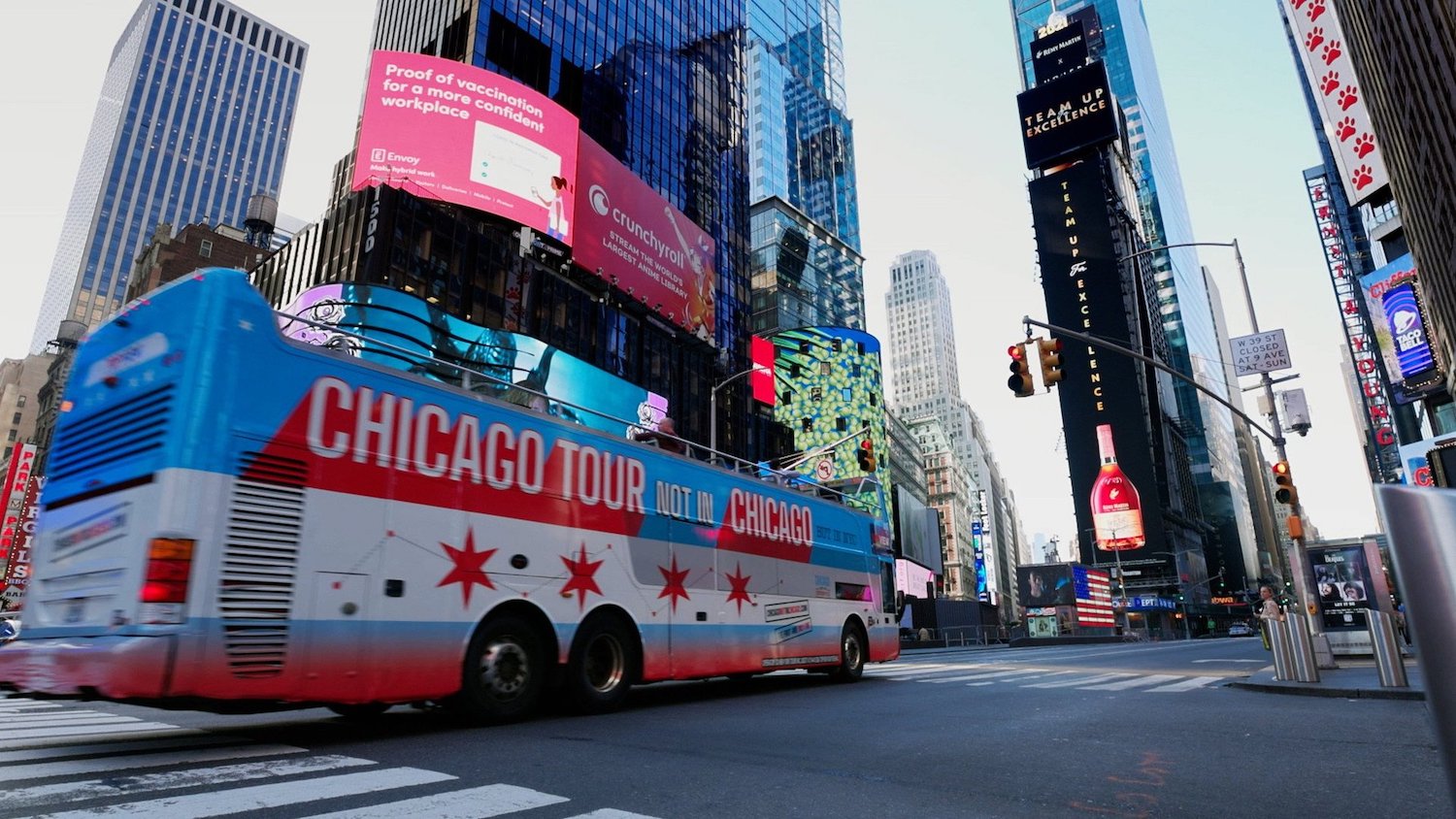The rivalry between Chicago and New York goes all the way back to 1890, when the two cities duked it out in the U.S. House of Representatives for the prize of hosting the Columbian Exposition, the world’s fair that would commemorate the 400th anniversary of Christopher Columbus’s arrival in the New World.
“The people of Chicago are unanimous, hearty, enthusiastic; no word of bickering, no division of opinion, no whisper of partisanism, no jealousy of neighbors, no powerful body of land-owners who feel wronged and are determined to interpose litigation to stop them,” rhapsodized Rep. Robert Hitt, R-Ill. “They are Americans who love their country and will use every endeavor, from first to last, to make the fair such that every American in the farthest corner of the Republic will be satisfied.”
New York, argued Rep. Roswell Flower, had a superior sewer system.
Chicago won that round, beating out New York, St. Louis, and Washington, D.C., in the floor vote. Then New York got back at us.
In 1889, as part of its bid for the Exposition, and for recognition as a world-class city, Chicago had annexed four neighboring townships — Lake View, Jefferson, Hyde Park and Lake — doubling our population to 1.1 million, almost as much as New York City, which then consisted only of the island of Manhattan and the Bronx. The year after the Exposition, Brooklyn, Queens and Staten Island voted to join New York, augmenting its population to 3 million, and providing room for its current 8 million — far beyond Chicago’s ability to grow. Take that, cowtown.
Fifty years later, A.J. Liebling — a writer for The New Yorker, of course — rubbed it in by publishing The Second City, an unflattering collection of sketches of Chicago with a condescending title. Chicago, Liebling wrote, was a “not-quite metropolis”; its skyline was “a theatre backdrop with a city painted on it”; its neighborhoods “a boundless agglutination of streets, dramshops, and low buildings without urban character.”
We’ve had chips on our big shoulders ever since, even though the name “The Second City” was adopted by an improvisational troupe that has prepared dozens of actors for the big time of Saturday Night Live, a television show broadcast live from…New York.
Journalist Jeff Ruby once pitched a Chicago vs. New York feature to Chicago magazine: “In impossibly clever ways, I would compare every important aspect of both cities, and after careful analysis (they suck; we rule) I would declare Chicago victorious. The boss gently said no. He explained that the Chicago-NYC face-off was one of the stalest themes in local journalism, this rah-rah stuff was amateurish, and any comparison could only devolve into dogmatic floundering about bagels and skyscrapers.”
That boss should have had a talk with the producers of the new “Chicago Not in Chicago” tourism video, because they just did exactly what he told Jeff not to do. As a bus emblazoned with four red stars rolls through the streets of New York, an amateurish tour guide gives a rah-rah speech about…skyscrapers.
“We’re gonna show you some things about New York that wouldn’t be here without Chicago,” he shouts at a busload of unimpressed New Yorkers. “What I’d like for you all to do now is look up. You will see skyscrapers: the Empire State Building, the Chrysler Building, the One World Tower. None of those would be here without Chicago. The skyscraper and the architectural technology to build skyscrapers comes from Chicago. The Midwest is pretty flat, but Manhattan would be a lot flatter without the skyscraper.”
Also from Chicago: house music, meatpacking, the coffee maker, the zipper, the 16-inch softball, the cell phone. (At least he didn’t mention bagels.) It’s supposed to be a promotional video for Chicago, but it comes off as the latest example of our insecurity vis a vis New York.
Chicago has an image problem. The mayor’s office knows this. We had nearly 800 murders last year. Businesses are having trouble convincing workers to move here.
“I get asked (by potential hires): ‘I don’t have to live in Chicago, do I?’,” the CEO of an agricultural technology startup told Crain’s Chicago Business. “It wasn’t a question before. It is now.” Is he supposed to tell them, “but the zipper made its debut at the Columbian Exposition?”
Trying to assert our superiority — or even our equality — to New York is not the way to solve that problem. Chicago needs to retire its Second City complex. To those who live here, Chicago is The First City. We wouldn’t have chosen it otherwise. Let Boston feel inferior to New York. They have a lot more reasons than we do.
Related Content



